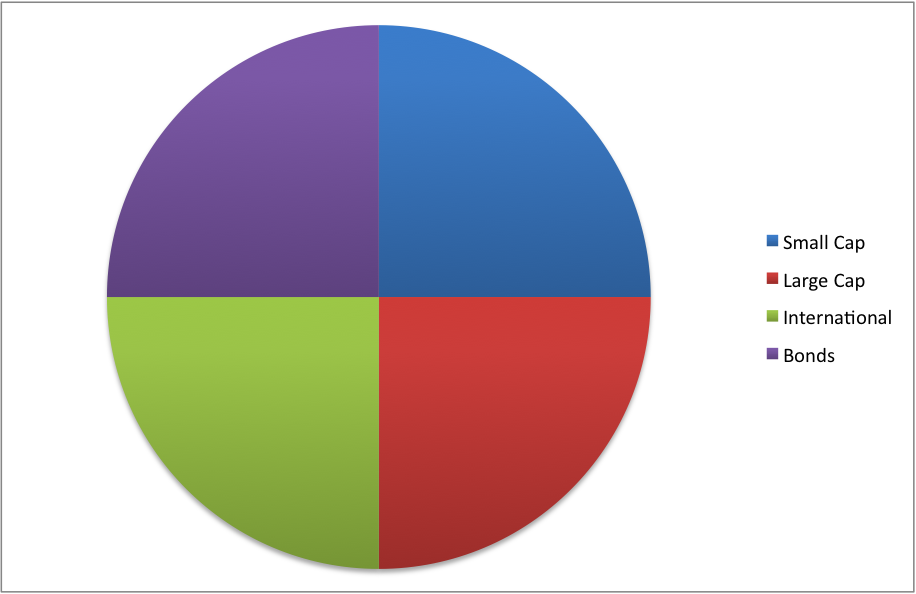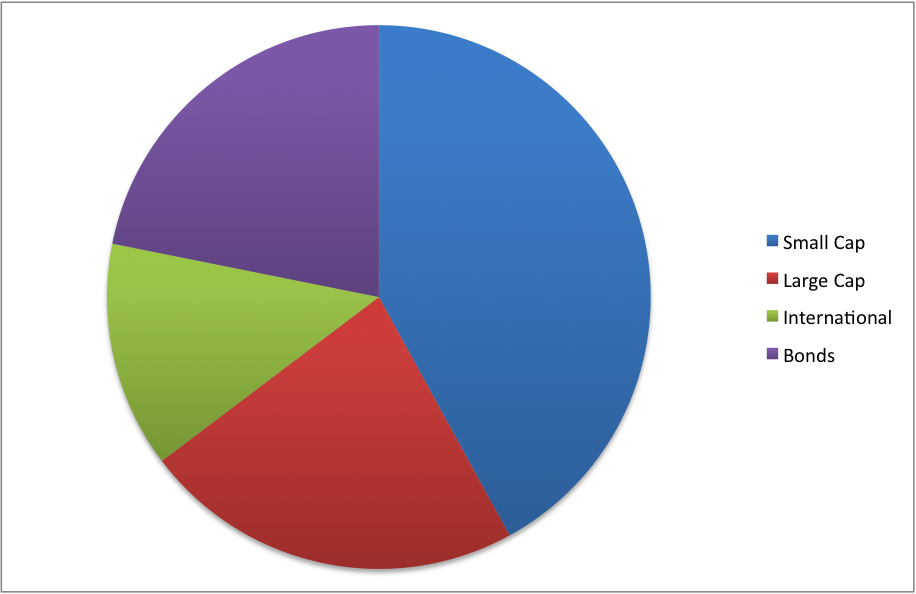
When you leave your job and you have a 401k, there are a few things you can do with it. You can leave it there, you can cash it out, you can roll it into an IRA, or you can roll it into a retirement plan with your new employer. So what should you do with your old 401k?
Theoretically, you have four options.
Withdrawing your funds
If you are under the age of 59 ½ and you withdraw the money, you’ll have to pay a tax penalty on it. UNLESS, you meet some of the exceptions: medical expenses, your first, primary residence (up to $10,000), health insurance premiums while unemployed, distributions from an inherited IRA, pay off an IRS tax levy, higher education expenses, as well as a few others.
If you don’t meet any of those criteria and you’re under 59 ½, you’ll have to pay that penalty. It’s not worth it. UNLESS you’re using that money to pay off a credit card. Credit card interest rates are usually well above 10%. So if you’re saving yourself from paying a 27% interest rate, theoretically, you’re making a 17% return on your money (27–10=17). But this calculation doesn’t account for taxes so you might come out even, or behind.
95% of the time, it makes the most sense to pursue other options.
Keep it where it is
Some people will leave their old 401k with their previous employer. I think a lot of that has to do with laziness, but it could be a good, rational decision as well. The primary factor has to do with cost. What are the expenses of the 401k? Typically, if it’s a large employer and/or a large plan with a lot of assets, the fees are going to be low.
That might be a good reason to leave it. The plan might also have good investment options. If the fees are reasonable, or at least average, then the investment options might be reason enough to stay.
Roll it to your new employer
Nine times out of ten, I’ll have people roll their old 401k into their new one. If they’re able to. Some employers don’t allow income transfers. Having everything with one firm makes managing it so much easier.
The only time I don’t think it would be appropriate is if the new firm has high fees, but it’s also important to compare the new fees to the fees of the alternative. That alternative is rolling it into an IRA at a separate firm.
Roll it into an IRA
As an independent financial advisor, this option is best for me, but not typically best for the client. If you take a standard fee for a financial advisor (1.00 %) and compare it to the standard expense paid by a 401k participant. Employers with 2,000 employees pay below 1% and employers with 50 or fewer employees pay 1.25%. Here’s some more info on that.
That might be the case if it’s a small plan. The large plans, however, can have ALL IN fees of around .5%.
As is the case with a lot of things in the finance world, the answer is not black and white. You need to compare and contrast your options and then make a decision. Here are things to consider: cost, investment options, ease of management, and customer service. How do the fees compare? What are the investment options? Do you have everything in one place and is it easy to make changes? Can you get in touch with someone if you have problems/questions?
Related reading:
7 Tips to Get the Most Out of Your 401k v/s Pension
401k Withdrawal Taxes and Penalties
Is your 401k Hurting you or Helping you?
How 401k Fees Impact Your Retirement
Disclaimer:
**Securities offered through Securities America, Inc., Member FINRA/SIPC. Advisory services offered through Securities America Advisors, Inc. Securities America and its representatives do not provide tax or legal advice; therefore, it is important to coordinate with your tax or legal advisor regarding your specific situation. Please see the website for full disclosures: www.crgfinancialservices.com
My name is Jacob Sensiba and I am a Financial Advisor. My areas of expertise include, but are not limited to, retirement planning, budgets, and wealth management. Please feel free to contact me at: jacob@crgfinancialservices.com


